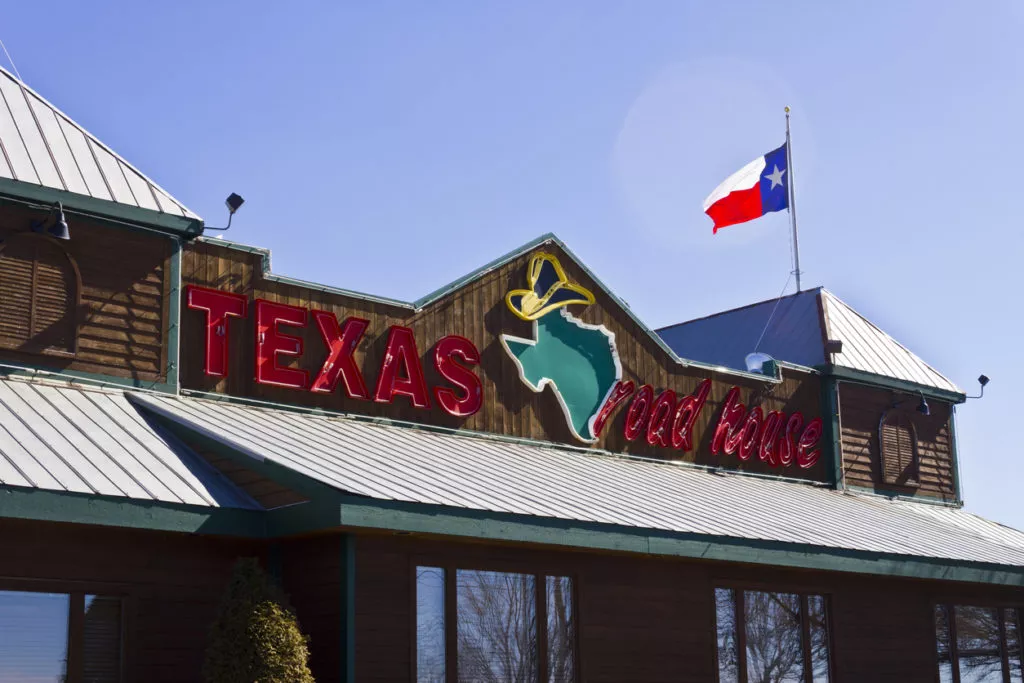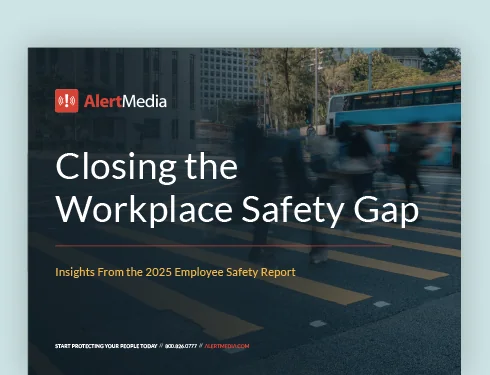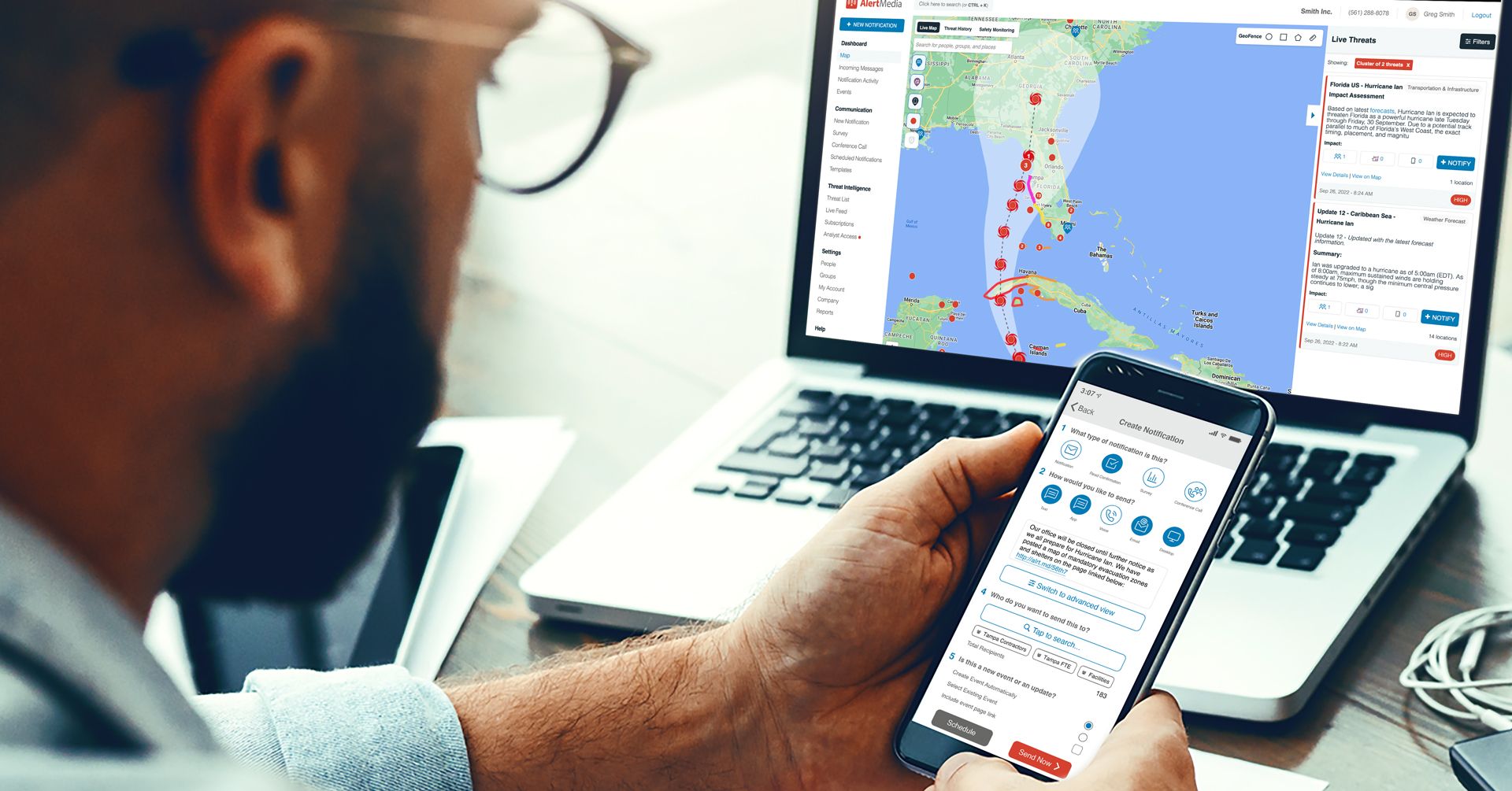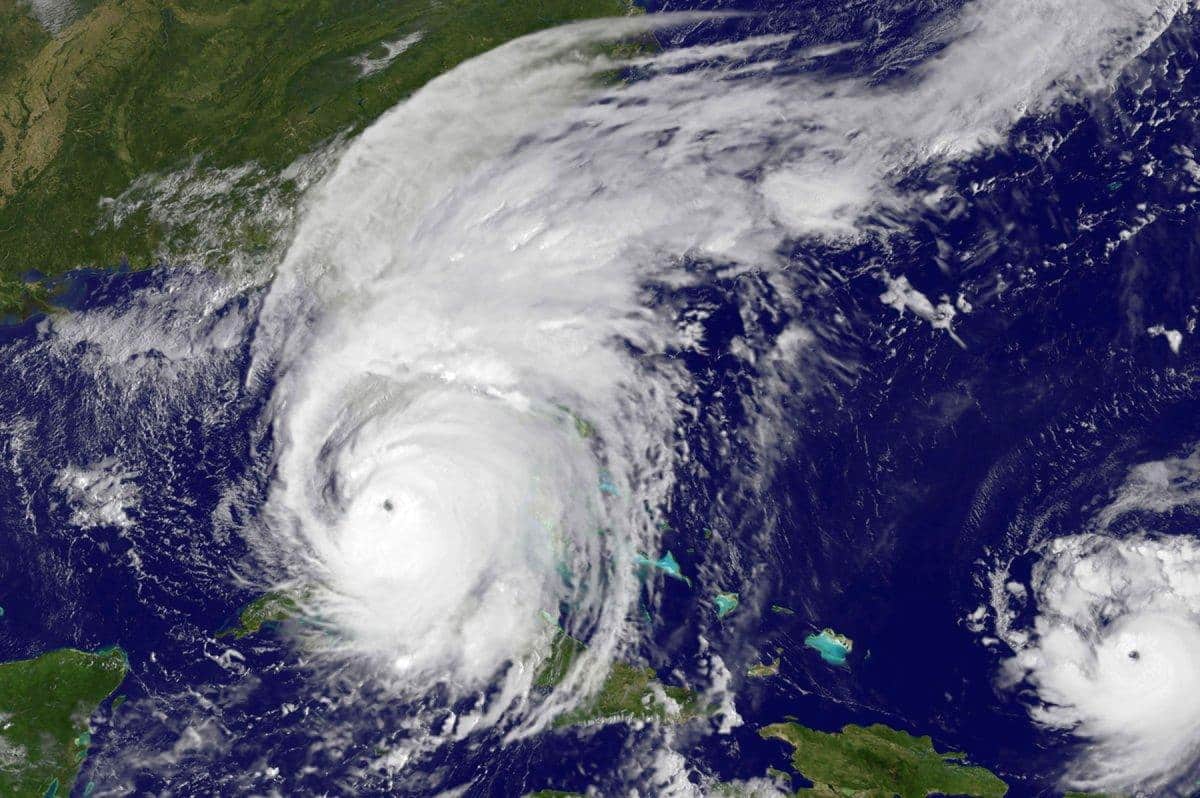
How Texas Roadhouse Enhances Operational Efficiency and Safety
Matt McMahan, Senior Manager of Business Continuity and Records at Texas Roadhouse, shares how the iconic restaurant chain enhances efficiency and safety.

When companies operate with a large geographical footprint, it can be difficult to manage operational tasks consistently and efficiently. As a result, many organizations have turned to automation to provide solutions for daily business-critical functions and guarantee nimble responses to emergency situations. With 630 restaurants and over 60,000 employees worldwide, Texas Roadhouse is one of these organizations.
In a recent episode of The Employee Safety Podcast, Matt McMahan, Senior Manager of Business Continuity and Records at Texas Roadhouse, discusses how the organization enhances operational efficiency and safety to provide the best service possible to their customers.
In his role at Texas Roadhouse, Matt plans and implements emergency and crisis management responses while advising executive leadership on business strategies and public response.
You can listen to the full episode below.
Q&A With Matt McMahan, Senior Manager of Business Continuity, Texas Roadhouse
What are some examples of common safety challenges you typically face at Texas Roadhouse?
Health & safety, extreme weather, natural disasters, data breaches, boil water notices, and product recalls are just a few of the challenges we face. One of the most difficult challenges is boil water orders.
[A boil notice] means that the water may be unsafe for people to drink, and the implication is that we either have to change our menu or boil water all day long.
Another challenge is personal safety. We have a lot of people in the restaurant late at night, and many of our employees are young. It’s our responsibility to make sure that they’re safe and that we’re able to de-escalate any situation where guests might be aggressive.
Of course, product defects and recalls are another typical farm-to-fork issue [restaurants have to navigate]. That’s why we have to know where all of our products are so that we’re withdrawing the right product at the right time and making sure everything is safe for our customers.
What are some of the communication challenges your company faces from an operations standpoint?
One is sourcing data. With as many locations as we have, it can be challenging to find out what’s happening at any given time across the country. Some issues like boil water orders are not well-publicized, making it difficult to track something that has a significant impact on our organization. You can have the best plans in the world, but if you don’t have accurate information to relay to your people, they’re of no use.
Another challenge is that the speed of business and decision-making sometimes outpaces communication. There are instances where we need to make decisions quickly, but we might not have all the people in the same room. This can lead to problems down the road.
To avoid this, we created a process where we triage incidents with a small group first and then bring in additional team members if needed. We don’t get it perfect every time—there is always something to learn.
Recently, we created a five-step document to ensure that we’re following a general process for all scenarios because when something happens and we’re in a hurry, it can be easy to forget a step that could be critical.
“"Communication is the key element between a successful response and one that was mediocre or needs a lot of improvement."”Matt McMahan Senior Manager of Business Continuity and Records,Texas Roadhouse
How do you create a safety culture and enhance safety awareness for your employees?
The first thing to do is start. You won’t be great at the start, but you’ve got to start to be great. Some of our safety awareness has come by being on the bad side of events and realizing that we could have done better.
With more experience comes more success. You can’t always repeat your response to an event, but you can have a mindset where you don’t panic, allowing you to create a better situation than it would have been otherwise.
A lot of it also comes down to our leadership at the support center and at the restaurant level. Texas Roadhouse is a fun place to work, and we incentivize doing the right thing by encouraging safety.
How important is communication to your response strategy? And what tools does your team use to communicate with your people, both in emergencies and for urgent operational messages?
Communication is the key element between a successful response and one that was mediocre or needs a lot of improvement. This goes beyond just sending emails out. You have to be together as a team to make decisions and get the right messages out to your people.
For example, we use an employee scheduling tool to communicate with hourly employees and an emergency notification system to communicate with our team and respond to events quickly and efficiently.
What are some of the ways you’ve automated manual or time-consuming tasks that impact operations?
One way we automate processes is by monitoring data from thermometers in our delivery trucks, coolers, and freezers to make sure our food is always at the right temperature. Those thermometers automatically send an alert to the store if one of the units is out of temperature for a certain amount of time.
Another example is our electronic symptoms survey, which improved our COVID response, especially as employees were coming in. This made it easier for our managers to keep track of inventory like to-go items, beef, and anything in short supply. In doing this, we gained the support of the health department because they saw our company as organized and reliable.
What can someone do today to help improve their company’s safety culture?
You’ve got to start somewhere. Figure out the key risks to your business and talk about those risks to your leaders. They may not get it the first time, but after you speak to them a couple of times and give them the context of your concerns, you can create that buy-in.
Find out what your leaders are interested in. For example, we have leaders that are very interested in employee safety and employee training, so if you connect an initiative to those values, you can create that buy-in. You can have all the best tools industry, but without support from leadership, you’re going to have difficulty creating a culture of safety and connecting goals to your business outcomes. If you do that, you’ll have a lot of success.





